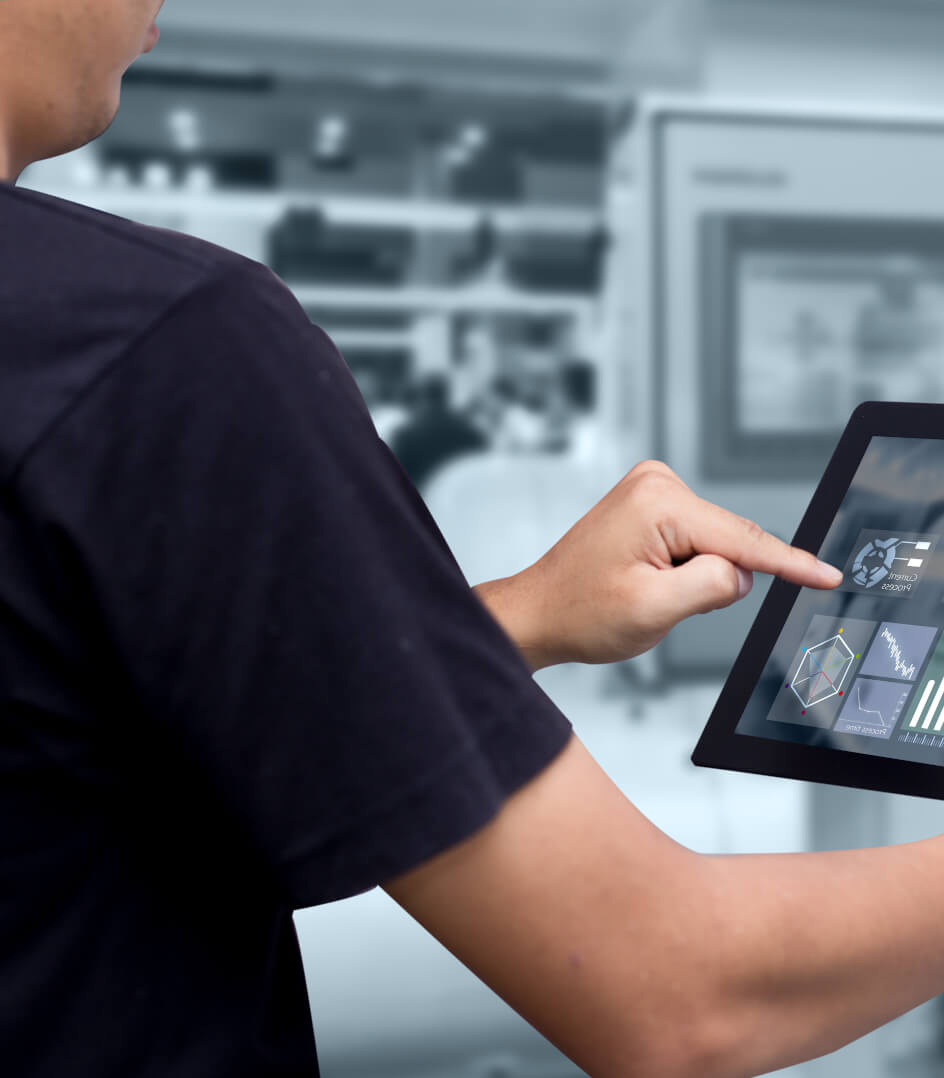
2021, the year of hyperautomation
In 2020, something completely unexpected generated accelerated digitisation in many industries, with companies changing and technologies being adopted almost overnight to the needs of that moment. COVID-19 has become a great driver and accelerator of digital transformation and we need to build on that to continue to pursue a strategy of change, of digital metamorphosis in order to construct resilient, digital companies.
In its annual report, Gartner suggests that organisations that have overcome the initial impact of the pandemic and wish to move from a reactive to a proactive strategy, should focus on three areas: people centricity, location independence and resilient delivery. In this way the pandemic has changed the way in which people work and interact, but they continue to be at the centre of all businesses and need the support of digitised processes to carry out all their work.
Evolution of companies towards hyper-automation
According to Gartner, 2021 will continue to be marked by the COVID-19 pandemic and companies will have to continue to evolve in a VUCA environment, characterised by volatility, ambiguity and uncertainty. This is why technologies are required that provide the desired flexibility and adaptability, empowering our staff as the centre of all businesses regardless of their physical location. Nowadays, efficiency, effectiveness, agility and operational excellence are the keys to business success and automation is the only way to achieve them. We must be aware that everything that can be automated must be automated.
Against this backdrop, in 2021 hyper-automation is regarded as strategic thanks to its capacity to automate as many business and IT processes as possible, deploying tools such as Artificial Intelligence, machine learning, event-driven software, robotic process automation (RPA) and other types of decision-making processes, as well as task automation tools. Hyper-automation is the key to both digital operational excellence and operational resilience for companies. It has been identified that the number of companies deploying intelligent automation technologies in their business model has not stopped growing.
Incorporation of new technologies: RPA, Machine Learning or BPM
In 2020, it increased to 73% compared with 58% in 2019, according to the annual Deloitte study Automation with intelligence, in which 441 companies from around the world, including Spain, were interviewed. The report thus confirms that three out of every four companies have already incorporated technologies such as RPA (robotic process automation), machine learning or automatic learning, natural language processing or BPM (Business Process Management), inter alia.
As part of their hyperautomation strategies, companies from different sectors are committing to the creation of organisational Centres of Excellence which seek to get the most out of hyperautomation, starting out with the implementation of RPAs, but endeavouring to scale a corporate robotisation framework to which other enabling technologies are added. This Centre of Excellence sets the objectives, standards and tools and focuses on the value or economic return entailed by the deployment of the different projects.
RPA as a service platforms (RPAaaS) are entering the market strongly and this will lead to easy transactional pricing and seamless cloud deployments. RPAaaS will reduce development and implementation costs and drive the need to implement the most impactful and reusable components, helping to create transaction pricing models by democratising access to this technology.
This evolution towards an RPA cloud environment is driving the configuration of a multi-cloud infrastructure for companies, assisting the need to migrate their systems to outsourced infrastructures which promote their growth and system integration.
Integration of automation systems
This advance will mean that service providers, such as Izertis, are focused on adding value in the integration of automation systems, in order to truly provide intelligent automation services that expertly combine data science, machine learning, cognitive capabilities and other technologies together with RPA, for the development of larger-scale, more complex expert solutions.
The change will not only be related with the capabilities of technology providers, but the change management processes involved will drive the great value proposition of hyperautomation, implementing a set of technologies that allow people and intelligent machines to form a team and work together. And in addition, RPA platforms advance their low code capabilities (no need to have programming knowledge for their configuration), enabling the creation of flexible, multidisciplinary teams. Teams made up of suppliers, the IT area and other business areas (marketing, operations, finance, human resources and sales) who work in coordinated fashion based on agile, lean approaches to speed up the deployment of automations. This involvement right from the process automation development stages will allow the company to easily absorb the most innovative enabling technologies.
CONCLUSION
2020 was the year of a forced digital transformation and at the same time it was crucial to enable remote working, the transition to collaborative workflows, the realignment of operations and the digitisation of customer experiences. But 2021 is characterised by the addition of technological and methodological capacities associated with the hyperautomation of the main corporate processes, with the aim of promoting a real digital metamorphosis. In this way, we will see how, at the same time, a greater number of companies robotise processes through RPA, whilst others whose level of technological maturity is higher will execute significant hyperautomation projects, adding cognitive and global capacities to the automation of their processes.
In addition to the strategic aspects that will drive hyperautomation in 2021, it is worth pointing out that the European Commission regards intelligent automation as being vital for European business development and has included it as one of the four pillars of the EU's Next Generation program, the reconstruction fund endowed with 750 billion euros, aimed at promoting the recovery from the pandemic crisis in the member states.

